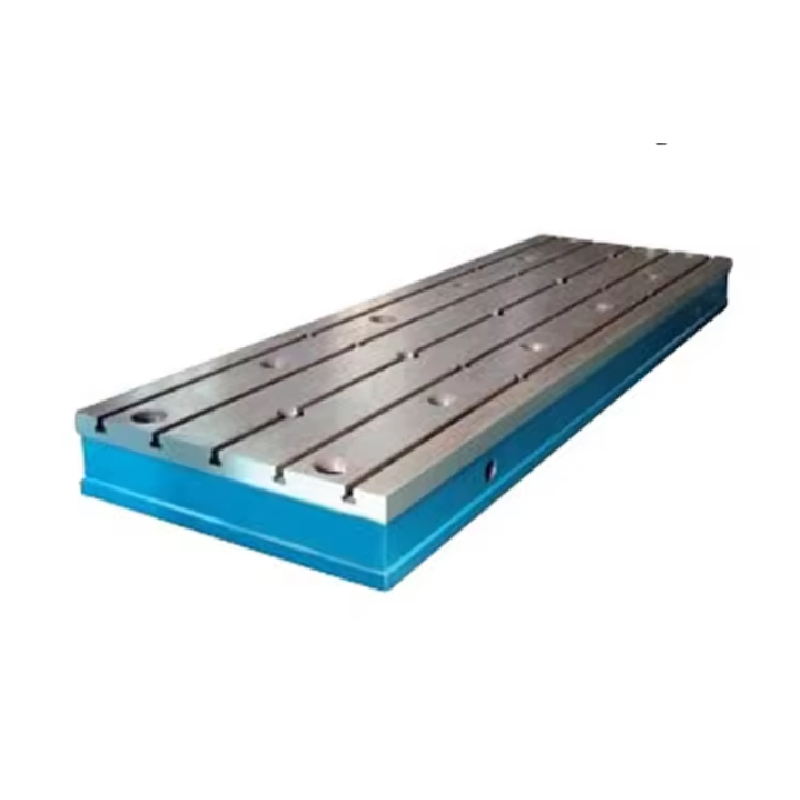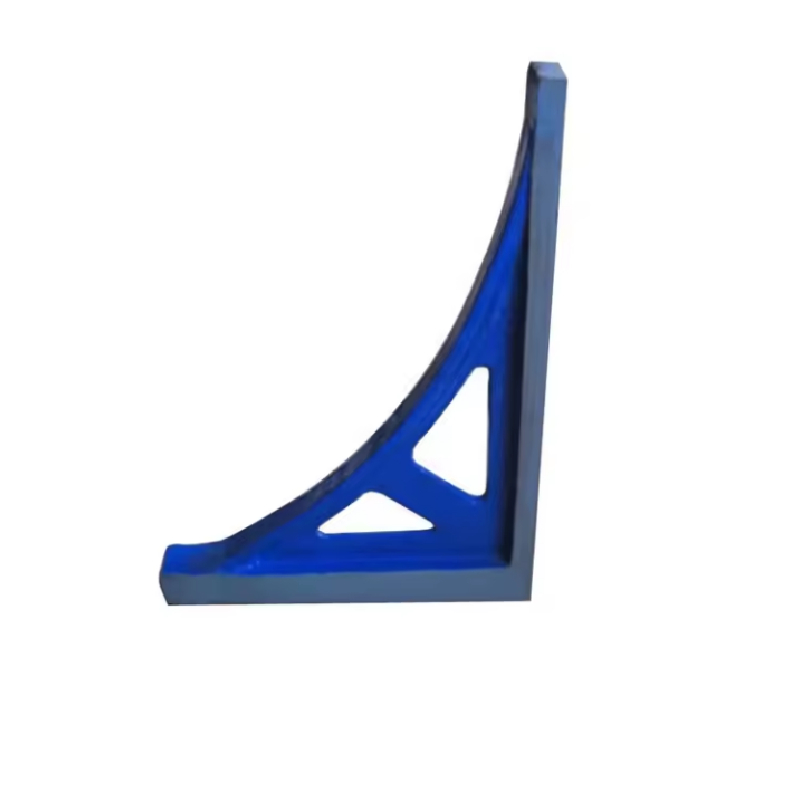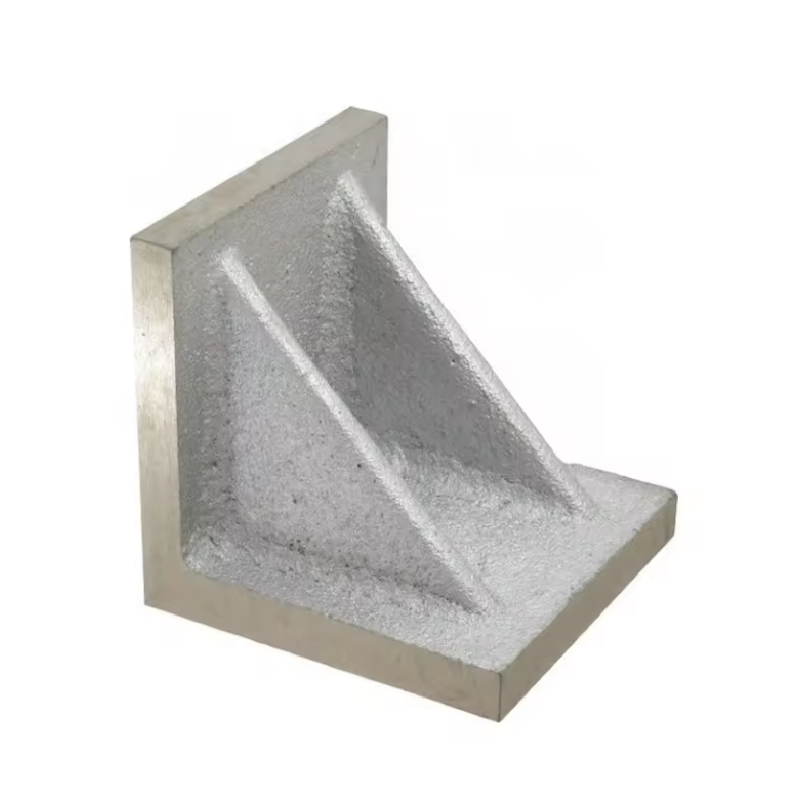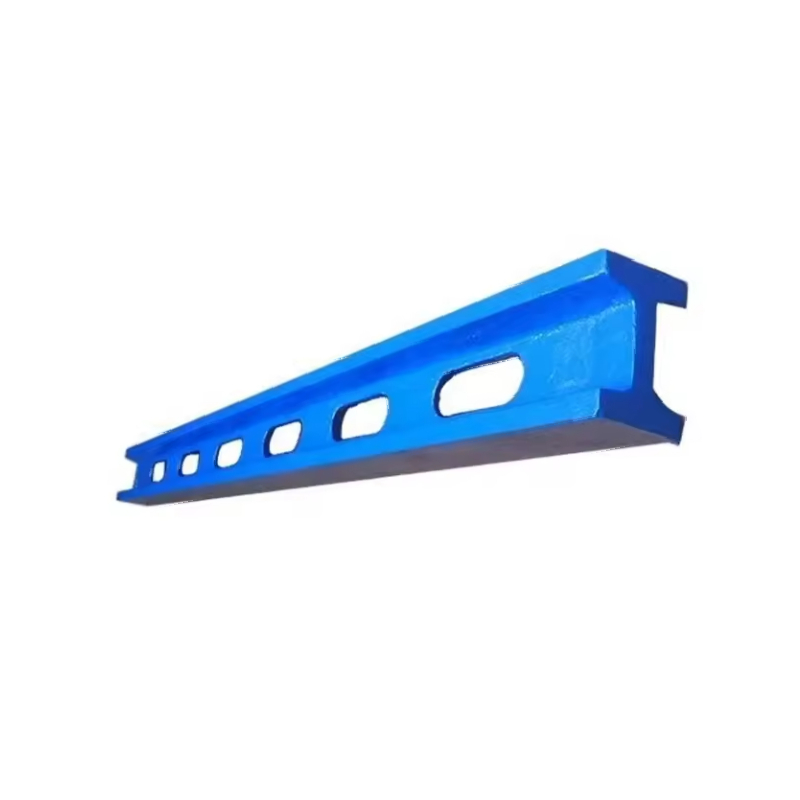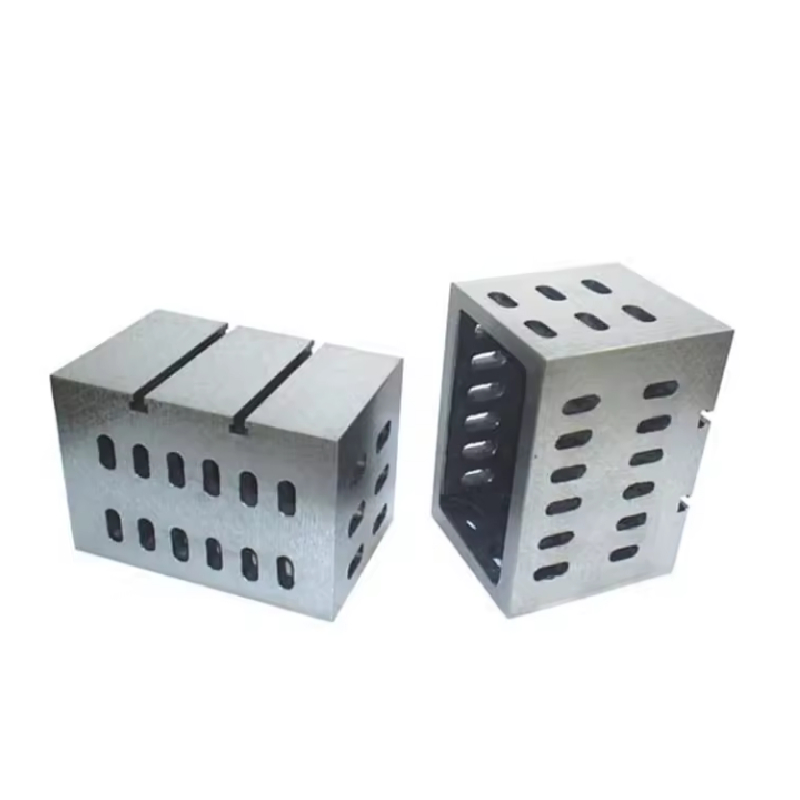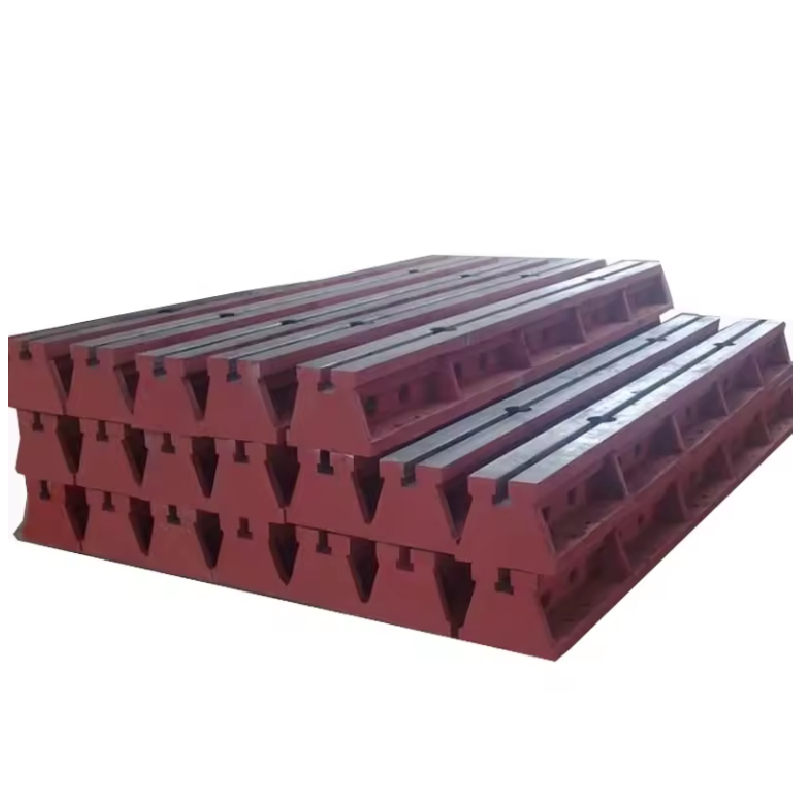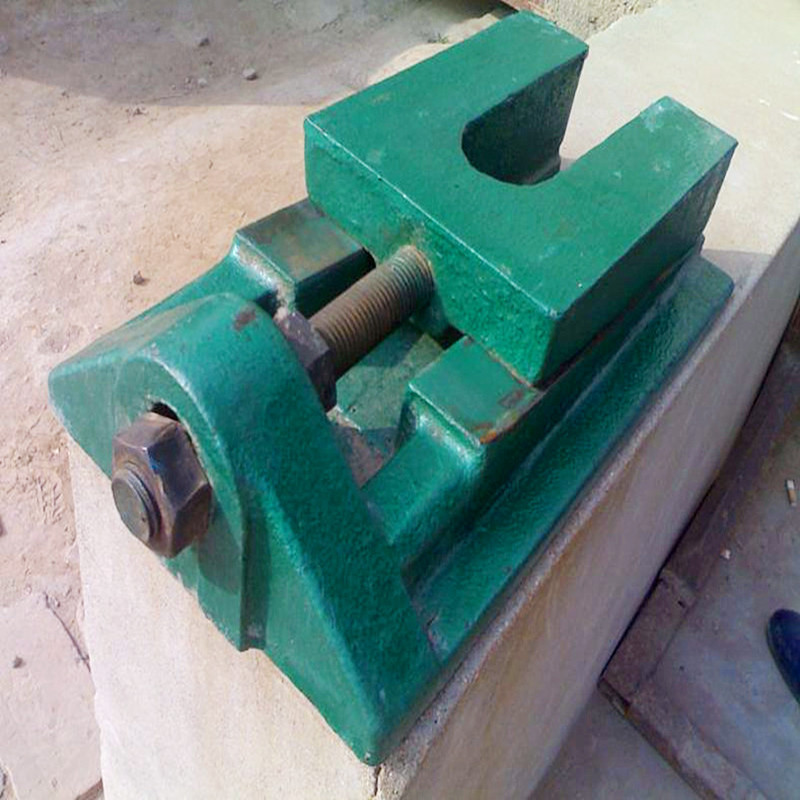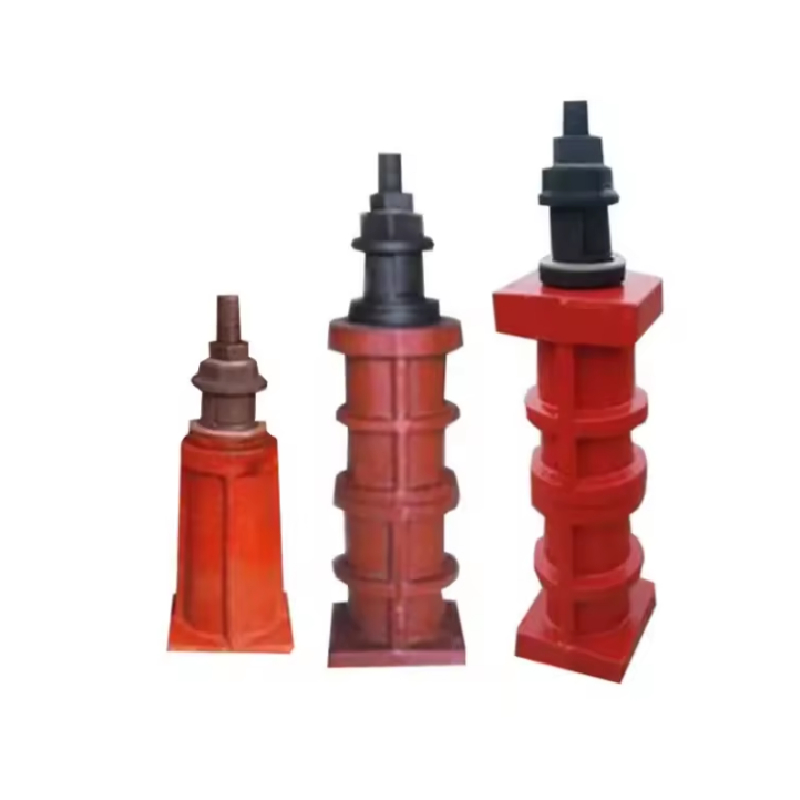Jul . 27, 2024 16:21 Back to list
High-Quality Precision Cast Iron Surface Plates for Accurate Measurement and Inspection Applications
Precision Cast Iron Surface Plates Ensuring Accuracy in Measurements
Precision cast iron surface plates are essential tools in various industries, especially in manufacturing, machining, and quality control. These plates provide a flat surface on which workpieces can be measured and inspected, ensuring accuracy and consistency in production processes. Understanding the significance of precision cast iron surface plates involves recognizing their construction, properties, and applications.
Construction and Material Properties
Surface plates are typically made from high-grade cast iron, chosen for its unique characteristics that suit measurement applications. Cast iron is well-known for its rigidity and strength, making it an excellent choice for producing stable and durable surfaces. It also possesses excellent damping properties, which help reduce vibrations during measurement processes, contributing to more precise readings.
The manufacturing of precision cast iron surface plates includes several steps. First, quality-controlled cast iron is poured into molds to form the desired shapes and sizes. Once cooled, the plates undergo a rigorous machining process to achieve the required flatness and surface finish. High-precision grinding techniques are employed to ensure that the top surface meets stringent flatness tolerances, often within a few microns depending on the requirements.
Applications in Industry
Precision cast iron surface plates are widely used in various applications, including
1. Quality Control In quality assurance laboratories, surface plates serve as references for inspecting machined components. Gauges, calipers, and other measuring instruments are used in conjunction with these plates to ensure that parts meet specific dimensional tolerances.
precision cast iron surface plate

2. Tool Setup Toolmakers and machinists often use surface plates to set up tools and fixtures accurately. The flat surface allows for the precise positioning of workpieces, which is crucial in operations like milling, drilling, and grinding.
3. Assembly and Layout When assembling gears, bearing housings, and other mechanical components, surface plates provide a stable base to align various parts before final assembly, ensuring that all components fit together correctly.
Importance of Maintenance and Calibration
To ensure longevity and accuracy, the maintenance of precision cast iron surface plates is vital. Regular cleaning is crucial to avoid the buildup of dirt, debris, or coolant that can affect measurement precision. It's also advisable to regularly check the flatness of the surface plate, as environmental factors and usage may cause wear over time.
Calibration is another essential aspect of maintaining accuracy. Operators should periodically verify the surface plate's flatness with high-precision measuring instruments and adjust work processes accordingly. This practice helps to minimize measurement errors and ensures that the quality control standards stay high.
Conclusion
In conclusion, precision cast iron surface plates are indispensable tools in modern manufacturing and quality control processes. Their robust construction, excellent resonance dampening abilities, and inherent stability make them ideal for achieving high levels of accuracy in measurements. By prioritizing proper maintenance and calibration, industries can maximize the effectiveness of these plates, thereby enhancing overall production quality and efficiency. As technology advances, the role of precision measurements will only grow, underscoring the need for reliable and precise tools like cast iron surface plates in achieving excellence in manufacturing.
-
Water Valve Gate Design Prevents Leakage and CorrosionNewsJul.11,2025
-
Steel Fab Table Features Reinforced Construction for LongevityNewsJul.11,2025
-
Specialized Valve Designs for High Pressure SystemsNewsJul.11,2025
-
Machinist Gauge Pins Feature Ground and Lapped FinishesNewsJul.11,2025
-
Hose Check Valve Prevents Backflow in Irrigation LinesNewsJul.11,2025
-
Durable Micrometer Tools Withstand Heavy Workshop UseNewsJul.11,2025
Related PRODUCTS


